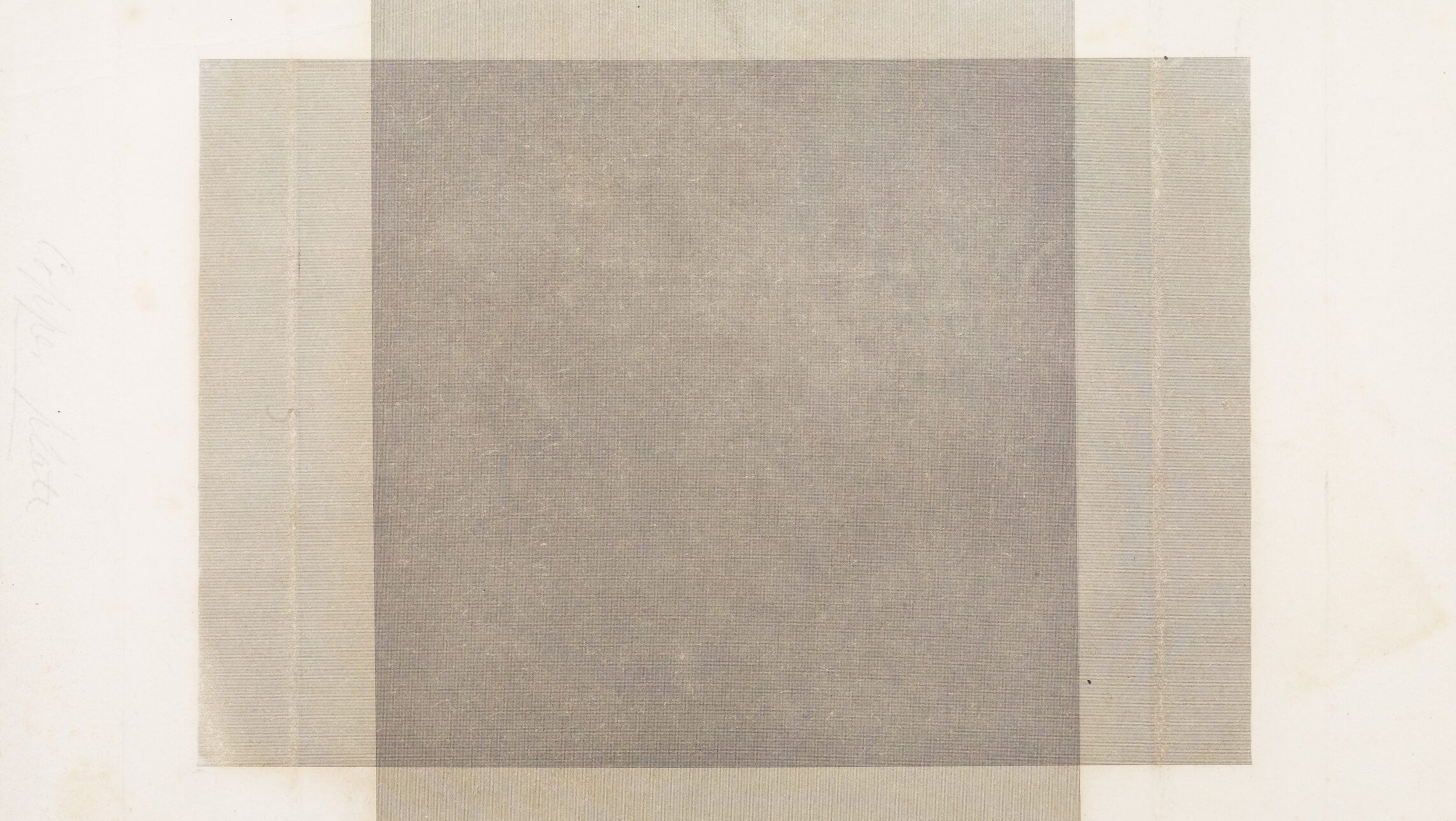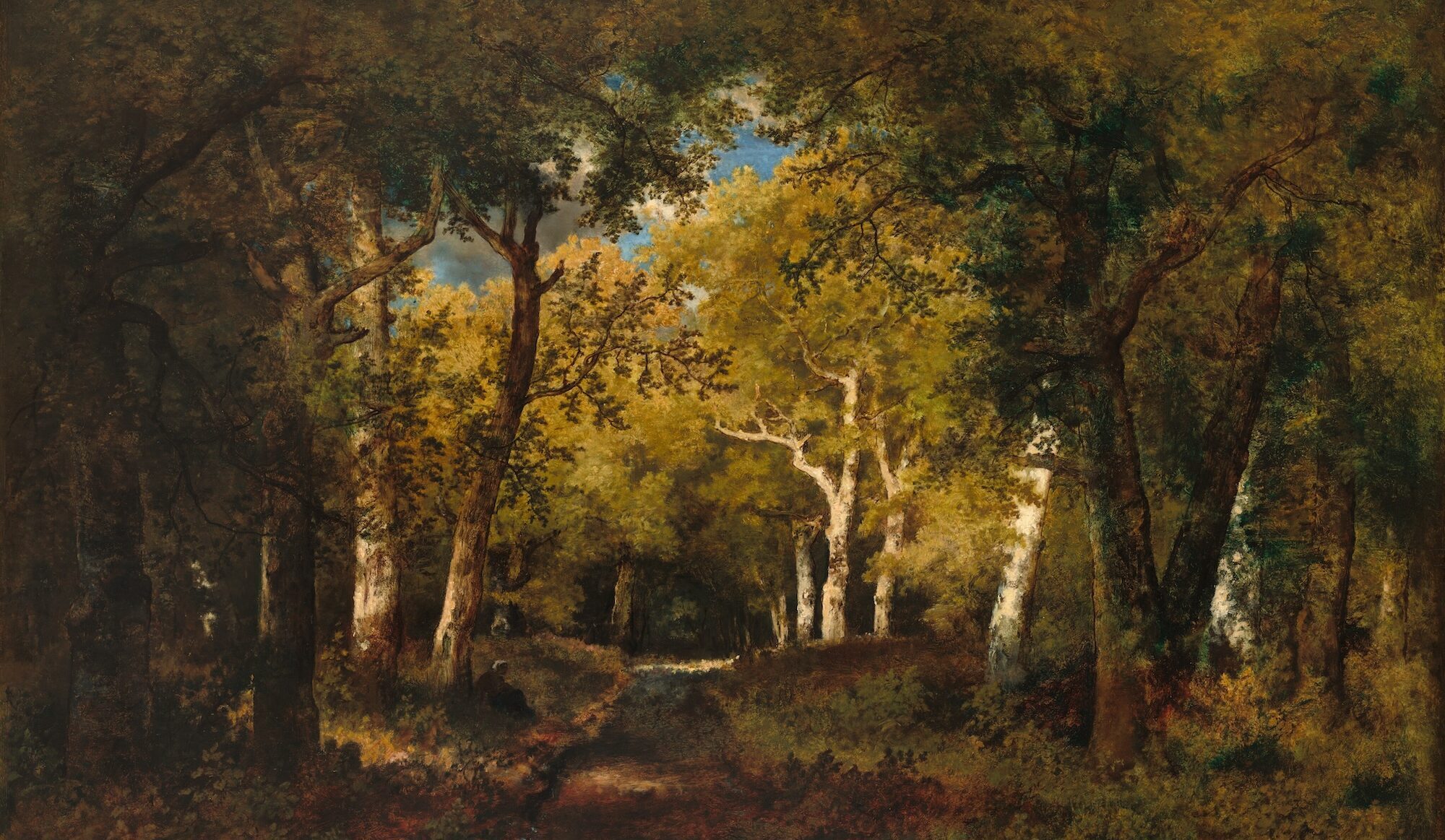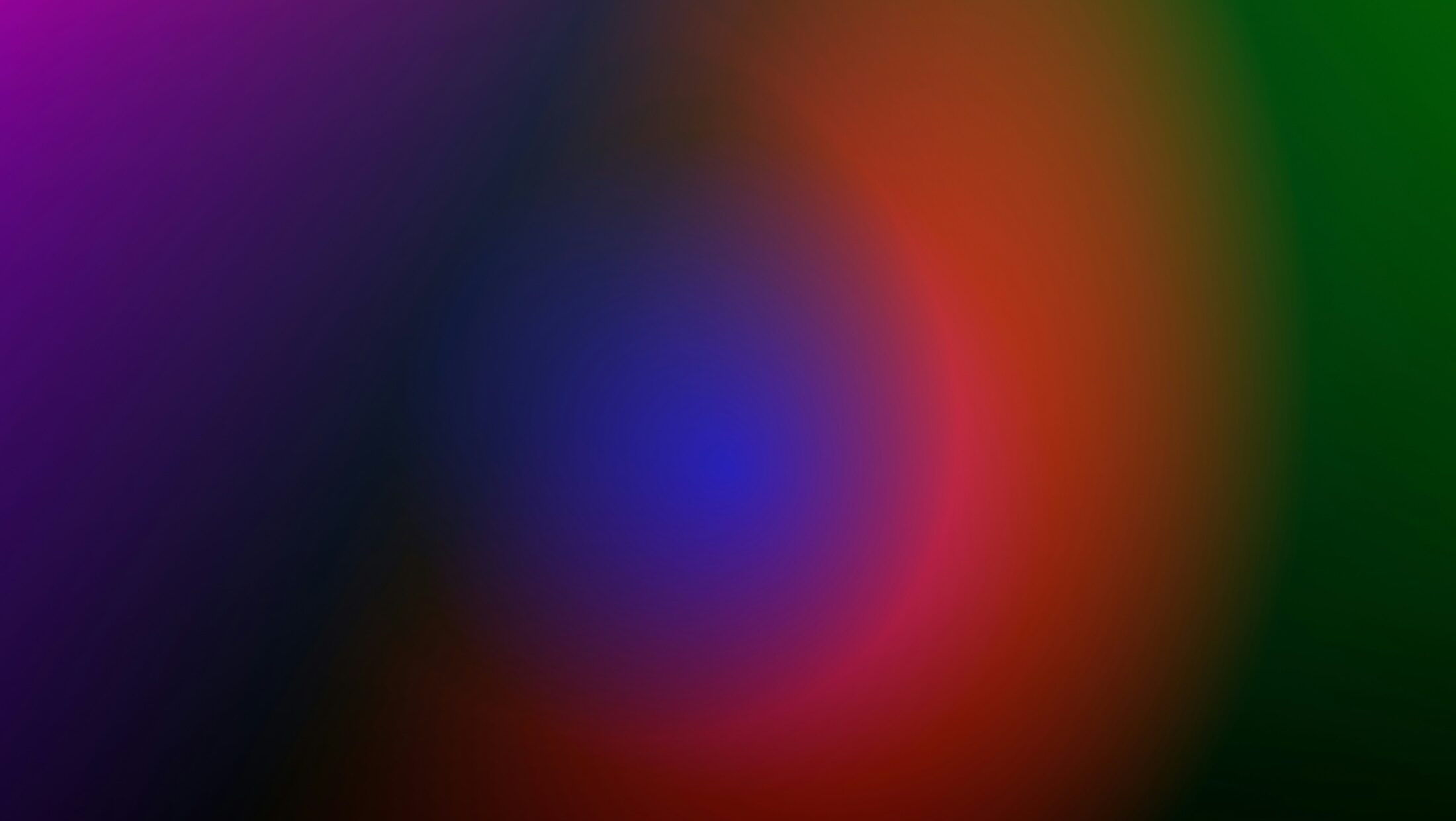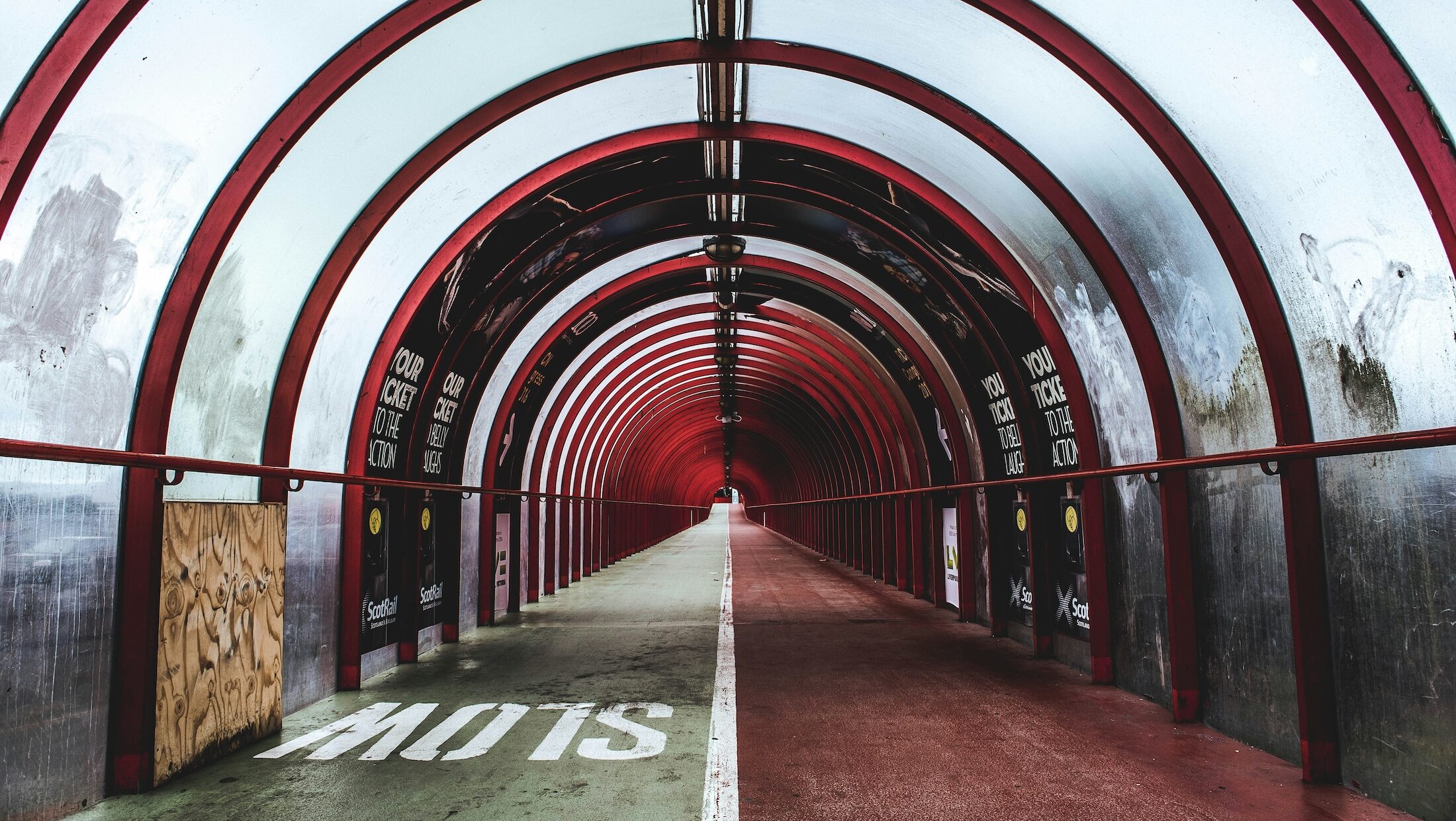William Henry Fox Talbot’s Veil (1859)
Can the tactile qualities of paper inspire more focused, calming digital interactions that help users reclaim their attention?
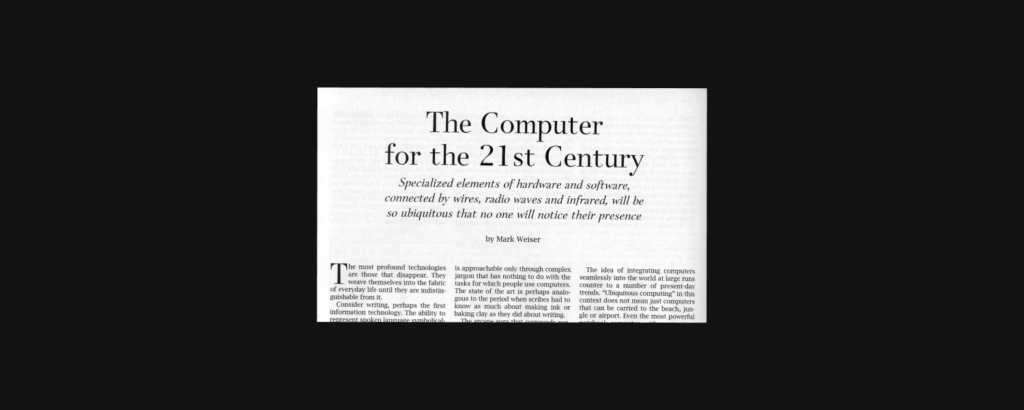
Mark Weiser’s seminal article discusses the vision of ubiquitous computing, where technology seamlessly integrates into our everyday lives. It’s a forward-thinking piece that encourages us to imagine a future where computers are an unobtrusive part of our environment.
Almost a year ago, I came across a project that made me rethink the role of paper in our increasingly digital world. It was a paper-based AI-supported marking solution designed specifically to avoid screens and reduce distractions in classrooms. This got me thinking about how technology is evolving to bring paper’s tactile, focused experience back into our lives.
For example, I’ve been reflecting on the work of Mark Weiser, who famously talked about ubiquitous computing and how the best technologies are those that disappear. He even envisioned tabs, small, lightweight devices akin to “scrap computers” (analogous to scrap paper), which would be as thin and portable as actual paper.
These devices could perform many of the functions of paper, but offer digital benefits that traditional screens can’t. Simple, mobile tools designed to support productivity without overwhelming the user.
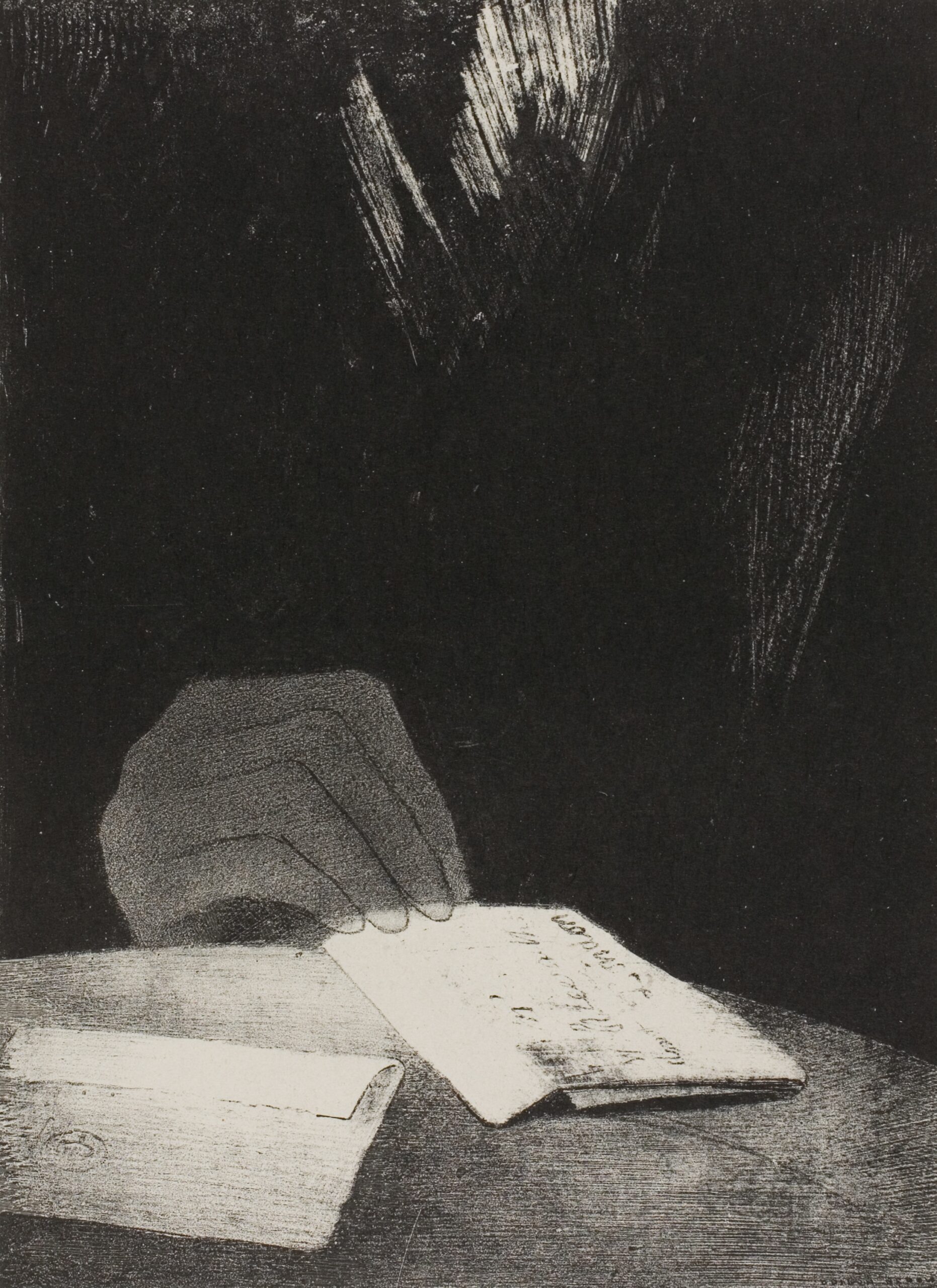
Odilon Redon’s It Was a Hand, Seemingly as Much of Flesh and Blood as My Own (1896)
In many ways, we see this unfolding with paper-like devices like the reMarkable tablet, which aims to replicate the experience of paper—the tactile interaction, the sensory feel—all while giving us the convenience of digital functionality.
What strikes me is how paper, a medium invented in China around 105 AD, still profoundly influences how we engage with technology today. The texture of paper, the resistance of a pen on it, and even the way it shifts under our touch—these simple material attributes have become essential in the pursuit of calming, focused design.
Think about the experience of writing on paper. It invites a slower, more thoughtful interaction compared to the constant distractions of digital screens. It allows our thoughts to flow without interruption, offering us the freedom to explore ideas more fully. The very nature of paper—its opacity, its texture—holds a unique power to release our attention, creating space for deeper reflection and creativity.
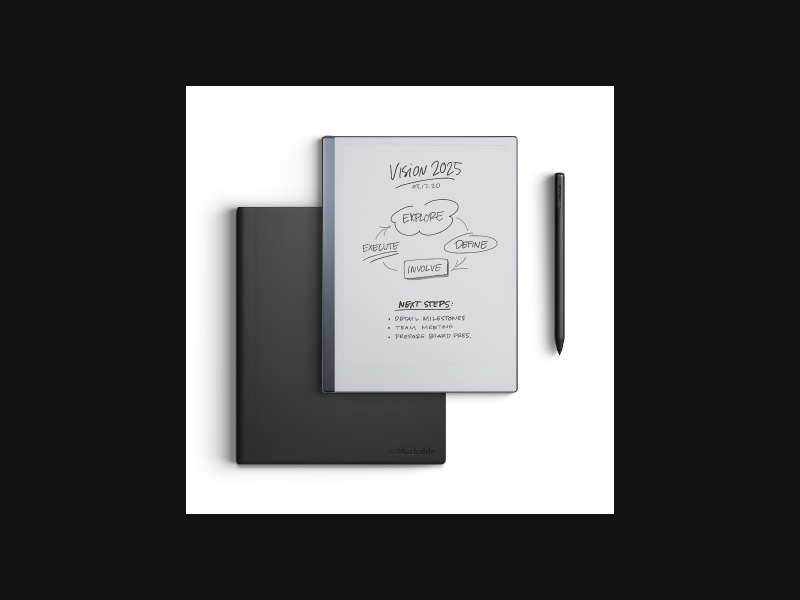
reMarkable is a digital notebook designed for tasks that require deep focus, providing an experience that closely mimics writing on paper. The device is equipped with advanced tools that facilitate organization, reading, and collaboration while being free from distractions such as notifications and social media.
Could we bring more of this experience into digital design, especially in projects that aim to soothe, focus, and help users reclaim their attention? Could this paper metaphor be a bridge between technology and mindful presence?
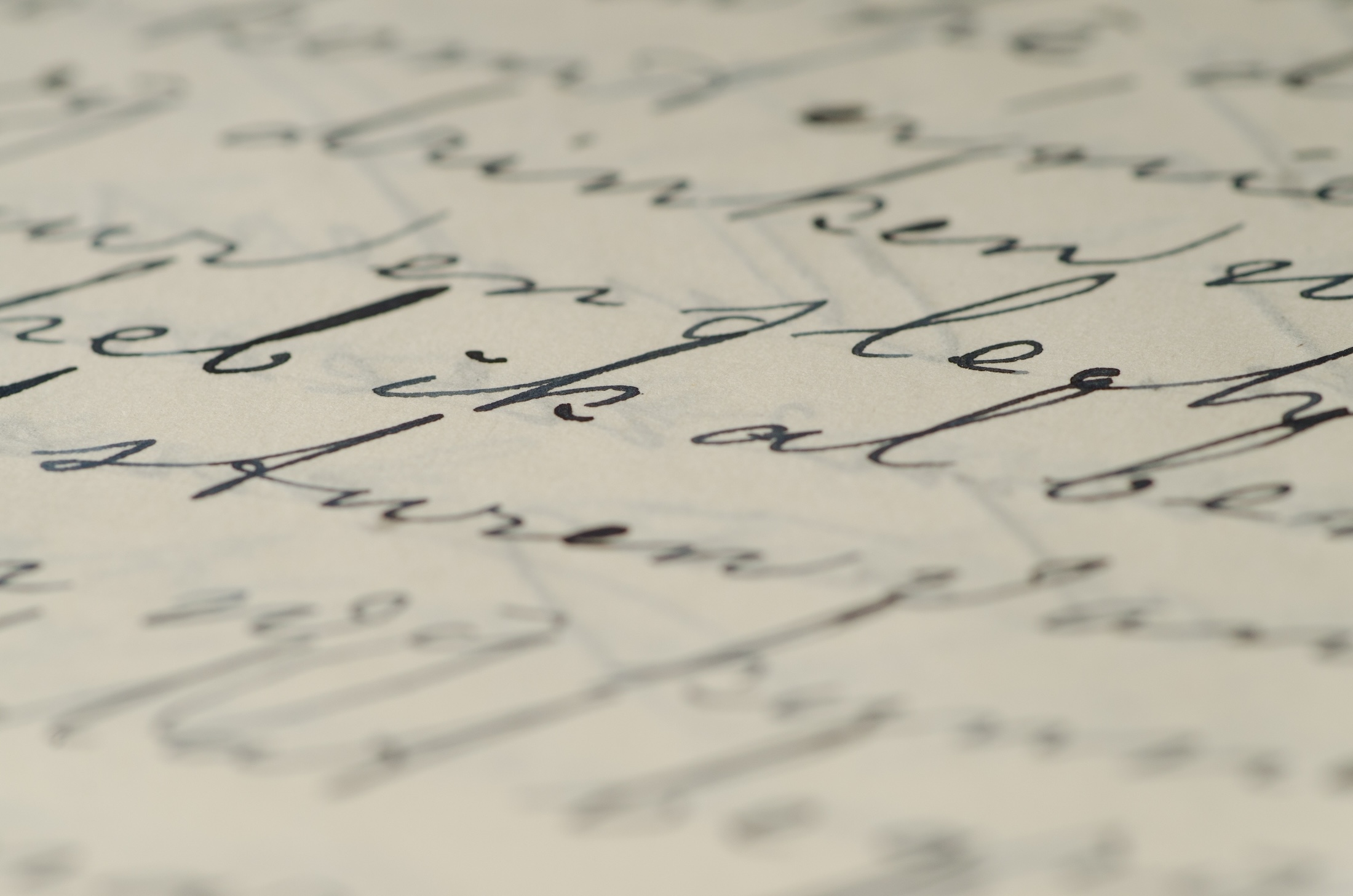
Free cursive note closeup
